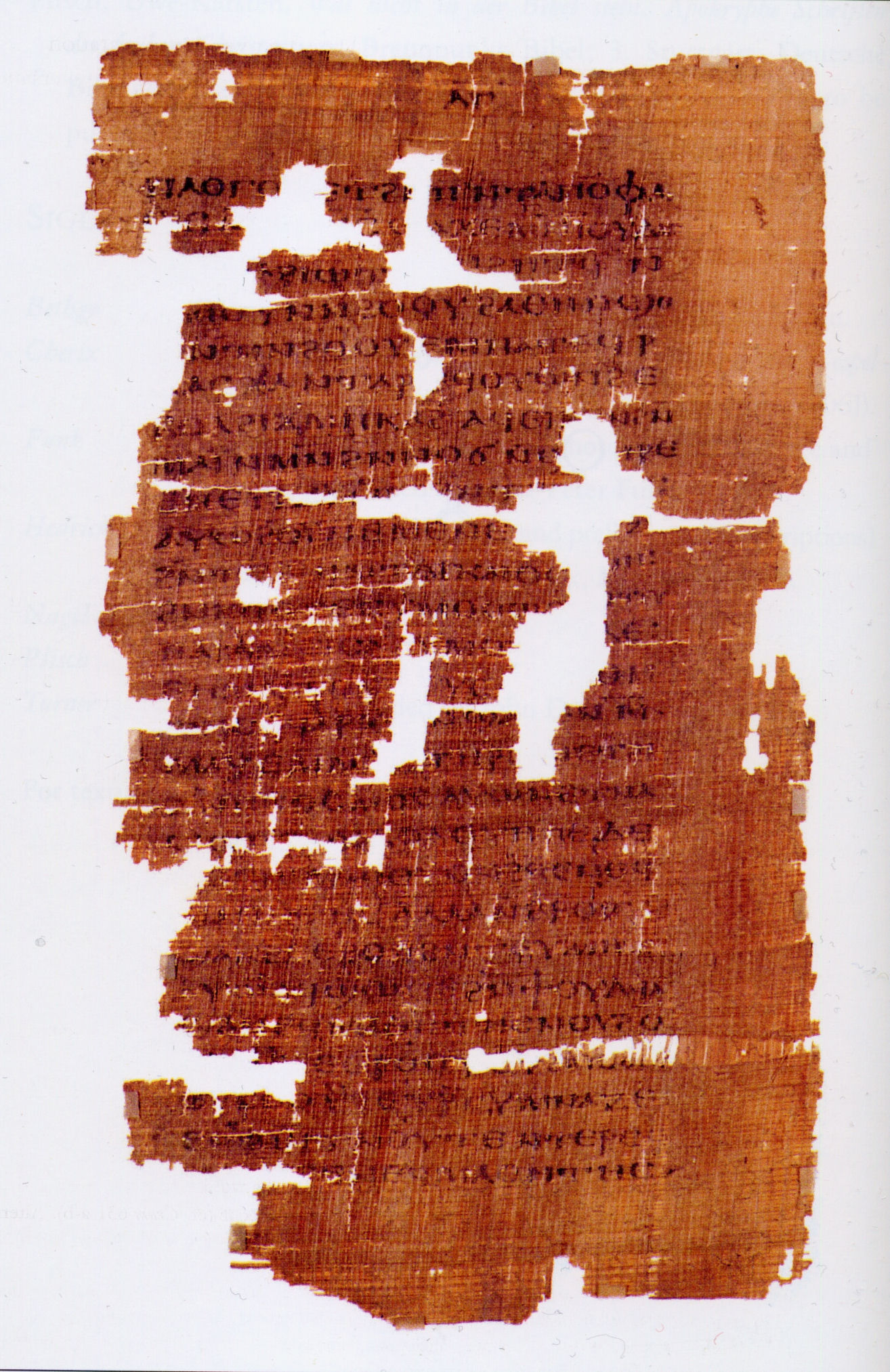 St. Irenaeus of Lyons against the heresies / translated and annotated by Dominic J. Unger
St. Irenaeus of Lyons against the heresies / translated and annotated by Dominic J. Unger
 Fathers of the Church: A New Translation
Fathers of the Church: A New Translation
 Ante-Nicene Fathers; the writings of the fathers down to A.D. 325.
Ante-Nicene Fathers; the writings of the fathers down to A.D. 325.
 Nicene and Post-Nicene Father (Series 2)
Nicene and Post-Nicene Father (Series 2)
 Nicene and Post-Nicene Fathers (Series 1)
Nicene and Post-Nicene Fathers (Series 1)
 Nicene and Post-Nicene Fathers (Series 1)
Nicene and Post-Nicene Fathers (Series 1)
 Cistercian Fathers Series
Cistercian Fathers Series
 Past Masters Series
Past Masters Series
There have been many editions of the texts of the early Church Fathers over time.
If you know French, you can use the prestigious Sources Chretiennes series, which contain both Latin texts and new French translations.
If you know Latin, you can use the Patrologia Latina; if you know Greek, you can use the Patrologia Graeca. But don't be downhearted if you don't know Latin or Greek. Good translations work well for most purposes. And, if you like, you can take classes here at UST to learn these languages, which are key to the study of early Chruch history.
For more information on the early Church Fathers (and Mothers).
Search LibrarySearch by Keyword, Subject or Author to find additional books and sets on particular church Fathers, historical periods, and theological issues. Try using the Subject Heading Fathers of the Church, for a start. Look also at the list of variants on that subject heading, and the related subject headings in each book record.
Depending on your interests, you can also check the subject headings Apostolic Fathers, Cappadocian Fathers, Church history Primitive and early church, ca. 30-600, or Desert Fathers.
You can also check books to see which Fathers wrote about what topics or commented on what biblical books; for example, A Dictionary of Early Christian Beliefs: A Reference Guide to More Than 700 Topics Discussed by the Early Church Fathers.
Don't forget to use article databases for additional information.
Note: Some titles in various series may be owned by various CLIC libraries, other than St. Thomas Libraries.
Search original texts in Latin. Includes texts of the classical period, Patristic works, a corpus of Medieval Latin writing, and works of later Latin. Includes the complete works of Cicero, Virgil, Augustine, Jerome, Gregory the Great, Anselm of Canterbury, Bernard of Clairvaux, and Thomas a Kempis. Includes medieval saints' lives and travel narratives, legal texts, and theological, philosophical, and scientific treatises from the early-modern period.
More than 520 volumes of classical Latin and Greek writings with English translations.
![]()
St. Macrina the Younger (c. 327–80), the elder sister of St Basil the Great and St Gregory of Nyssa. She is sometimes known as ‘Macrina the Younger’ to distinguish her from ‘Macrina the Elder’, her paternal grandmother. By her strength of character she exercised a deep influence upon her brothers, esp. in winning Basil from a promising secular career for the Christian priesthood. She also established a flourishing community on the family estate in Pontus. The chief source for knowledge of her life is Gregory of Nyssa's Vita Macrinae Junioris, which also preserves a vivid account of their meeting at her deathbed. Her competence as a theologian is attested by the same writer's De Anima et Resurrectione. Feast day, 19 July [of Macrina the Elder, 14 Jan. ]. [from the Oxford Dicitonary of the Christian Church.]
The Desert Mothers were female Christian ascetics living in the desert of Egypt, Palestine, and Syria in the 4th and 5th centuries CE. They typically lived in the monastic communities that began forming during that time, though sometimes they lived as hermits. Other women from that era who influenced the early ascetic or monastic tradition while living outside the desert are also described as Desert Mothers. {from "In the Heart of the Desert: The Spirituality of the Desert Fathers and Mothers" , pp. 29–32)